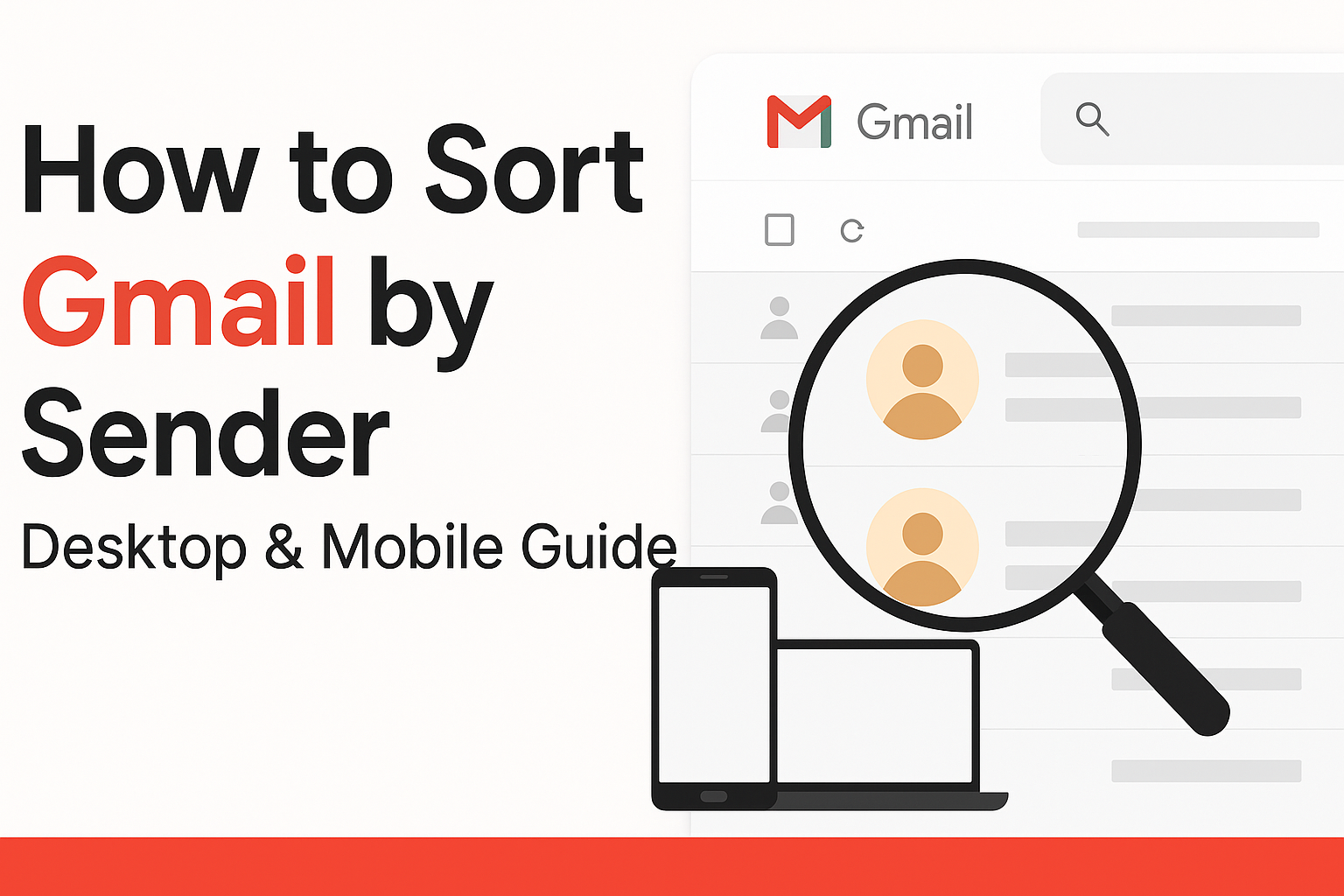Email remains the cornerstone of business communication, with over 4.6 billion users worldwide sending and receiving 376 billion emails daily in 2025. For small business owners, sales teams, marketers, and operations managers, email is the primary channel for internal coordination and external engagement. However, poor inbox management has become a silent productivity killer, leading to missed leads, lost revenue, and damaged brand reputation. According to insights from How Poor Inbox Management Affects Businesses: Missed Leads, Lost Revenue, and More, slow response times can cost thousands in missed opportunities, especially for B2B companies with short lead windows. This article explores the hidden costs of inbox mismanagement, its impact on leads, revenue, and reputation, and practical solutions to transform your inbox into a strategic asset.
The Hidden Cost of Poor Inbox Management
The average professional receives approximately 121 emails per day, spending up to 28% of their workweek—about 2.5 hours daily—managing their inbox. For an employee earning $75,000 annually, this translates to roughly $21,000 per year in time spent on email alone. For a 100-person company, the cost can balloon to $2.1 million annually. Beyond time, poor inbox management leads to email fatigue, cognitive overload, and attention fragmentation as employees constantly switch between emails and other tasks. This context switching drains mental energy, reducing focus on revenue-generating activities.
Studies estimate that low productivity due to inefficiencies like email mismanagement costs employers around $1.8 billion annually. Disorganized inboxes create bottlenecks, with critical messages getting buried, leading to delayed decisions and missed opportunities. For example, a sales team unable to quickly locate a client’s inquiry may lose a deal to a competitor, amplifying the financial impact.
| Impact Area | Details | Cost/Impact |
| Time Spent on Email | 28% of workweek, ~2.5 hours daily | $21,000/employee/year, $2.1M for 100 employees |
| Productivity Loss | Context switching reduces focus | $1.8B annually across industries |
| Operational Bottlenecks | Buried emails delay decisions | Missed deals and opportunities |
Missed Leads and Delayed Responses
Timing is critical in lead conversion, especially in B2B settings where leads can go cold quickly. Research shows that the probability of qualifying a lead drops by 100 times if contact is attempted after 30 minutes. Businesses that respond within the first hour are seven times more likely to have meaningful conversations with decision-makers. Yet, the average lead response time is 47 hours, meaning many businesses miss out due to poor inbox management.
Delayed responses can result in:
- Missed demo requests: Potential clients move to competitors who respond faster.
- Ignored client queries: Unanswered questions lead to frustration and lost trust.
- Failed support tickets: Unresolved issues drive customers away.
- Abandoned deals: Leads go cold, reducing conversion rates.
A study found that 78% of customers buy from the first company to respond, highlighting the urgency of timely email handling. For B2B companies, where leads often evaluate multiple vendors simultaneously, slow responses can mean losing a deal entirely.
| Response Time | Conversion Impact |
| Within 5 minutes | 100x higher connection rate |
| Within 1 hour | 7x more likely to qualify leads |
| After 30 minutes | 21x less effective |
| Average (47 hours) | Significant loss of opportunities |
Revenue Leakage and Client Churn
Poor email management directly contributes to revenue leakage and client churn. When critical emails—such as renewal notices, billing inquiries, or upsell opportunities—are buried or overlooked, businesses face:
- Missed renewals: Clients churn due to unaddressed contract expirations.
- Lost upsell/cross-sell chances: Failure to follow up on client needs reduces revenue.
- Billing or delivery errors: Miscommunications lead to financial losses.
- Escalated customer issues: Unresolved complaints drive clients to competitors.
For a 100-person company, miscommunication and poor email access can cost up to $420,000 annually, with examples including lost sales deals and escalated customer service issues. Involuntary churn, where clients leave due to operational failures like missed renewals, is a significant issue. Poor email management also erodes trust, as clients perceive delays or errors as unprofessional, pushing them toward competitors. The opportunity cost is substantial—businesses could earn significantly more with efficient email handling.
| Issue | Impact |
| Missed Renewals | Involuntary churn, lost recurring revenue |
| Lost Upsell Opportunities | Reduced revenue from existing clients |
| Billing Errors | Financial losses, client dissatisfaction |
| Customer Service Delays | Increased churn, damaged trust |
Brand Reputation and Internal Chaos
Poor inbox management extends beyond financial losses, impacting brand reputation and internal operations. Slow or missed email responses signal unprofessionalism, damaging trust with clients and partners. According to a 2024 study, 66% of customers who switched to competitors cited inadequate communication as the reason. In industries like finance or healthcare, where reliability is paramount, such lapses can severely harm brand equity.
Internally, disorganized email systems lead to:
- Duplicated tasks: Team members waste time on redundant efforts.
- Missed memos: Critical updates are overlooked, causing misalignment.
- Poor team communication: Miscommunications create friction and lower morale.
Employees may spend hours searching for lost emails or resolving miscommunications, reducing efficiency and morale. In extreme cases, poor email management can lead to legal or HR risks, such as disputes arising from missing documentation. These issues create internal chaos that ripples outward, affecting customer experiences and brand perception.
What the Data Shows
The data paints a stark picture of the consequences of poor inbox management:
- Productivity: 69% of professionals feel overwhelmed by email volume, leading to decreased productivity.
- Financial Impact: Businesses lose an estimated $1.8 billion annually due to low productivity, with email mismanagement as a key contributor.
- Lead Conversion: Contacting leads within five minutes increases connection rates by 100 times compared to 30 minutes. Companies responding within an hour are seven times more likely to qualify leads.
- Revenue Loss: Up to 30% of leads are never contacted, representing missed sales opportunities. Delayed responses can reduce conversion rates by 5%.
- Client Retention: Poor communication, including slow email responses, drives 66% of customers to competitors.
These statistics highlight the urgent need for better email management to protect revenue, retain clients, and maintain productivity.
| Metric | Statistic | Source |
| Email Overload | 69% of professionals feel overwhelmed | Source |
| Productivity Loss | $1.8B annually | Source |
| Lead Response | 5-minute response = 100x connection rate | Source |
| Lead Neglect | 30% of leads never contacted | Source |
| Customer Churn | 66% switch due to poor communication | Source |
The Fix: Smarter Email Management
Businesses can mitigate these issues with practical solutions:
- AI-Powered Filters: Tools like SaneBox use machine learning to prioritize important emails, reducing clutter.
- Automated Follow-Ups: Systems like Missive ensure no lead is missed by automating responses.
- Shared Inboxes: Platforms like Front improve team collaboration by centralizing communication.
- Decluttering Routines: Regular archiving keeps inboxes manageable.
- Scheduled Email Time Blocks: Dedicated times for email reduce context switching.
Tools like Superhuman offer fast interfaces to speed up email handling, while Gmail’s AI features, such as smart replies, streamline responses. Implementing these strategies frees up time for revenue-generating activities and enhances overall efficiency.
Final Thoughts
Email isn’t the problem; mismanagement is. By addressing poor inbox habits, businesses can reclaim lost productivity, secure more leads, and strengthen their brand reputation. Start by auditing your current email processes and tools. Reflect on this: How many leads have slipped through your inbox this month? Try one new habit or tool this week, such as setting up an AI filter or scheduling email time blocks. These small changes can yield significant results. Effective email management isn’t just about staying organized—it’s about driving business growth and seizing every opportunity. Transform your inbox into a powerhouse of productivity today.
Citations
- Email Usage Statistics 2025
- Impact of Poor Inbox Management
- Lead Response Time Statistics
- Revenue Leakage and Email Management




